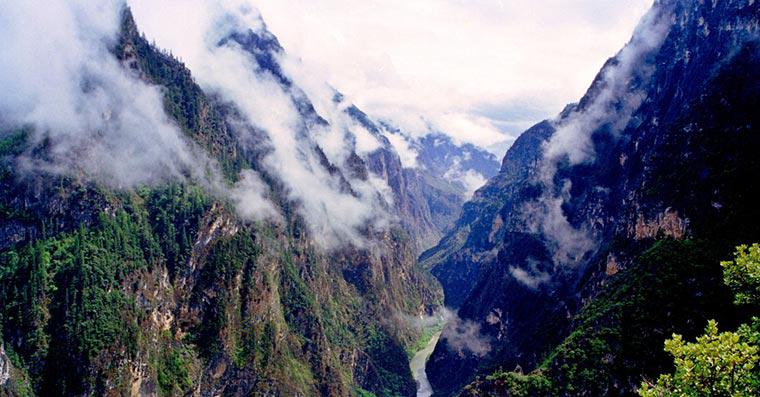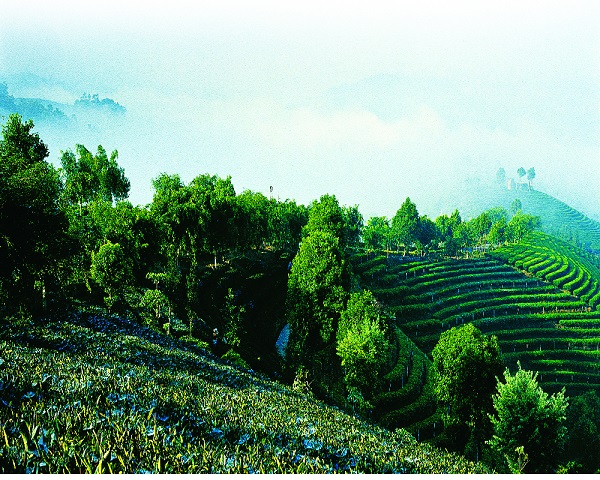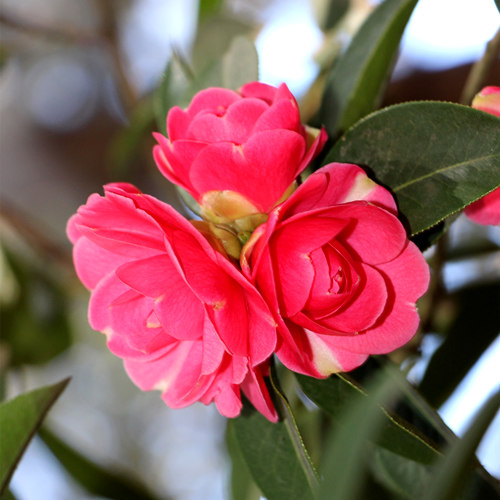
Detailed Introduction to Xiangyun County of Dali Prefecture
1. Overview
Xiangyun County (祥云县) lies in the west-central part of Dali Prefecture, on the Yungui Plateau of southwestern China. Covering 2,433 km² with an average elevation of 1,996 m, it had a registered population of 406,642 as of the 2020 census. Originally established in 109 BC, Xiangyun combines over two millennia of history with vibrant Bai-and-Yi cultural traditions
2. Geography & Climate
Topography: Rolling karst hills give way to fertile basins and plateau lakes, all at elevations between 1,600 m and 2,200 m above sea level
Climate: Subtropical highland monsoon—mild, dry winters and warm, rainy summers. The majority of the year’s 1,000–1,200 mm of precipitation falls between June and October, while average temperatures range from 4 °C in winter to 25 °C in summer
3. Administrative Divisions
Xiangyun administers 8 towns, 1 township, and 1 Yi ethnic township:
Towns: Xiangcheng (祥城镇), Shalong (沙龙镇), Yunnanyi (云南驿镇), Xiazhuang (下庄镇), Pupeng (普淜镇), Liuchang (刘厂镇), Hedian (禾甸镇), Midian (米甸镇)
Township: Luming (鹿鸣乡)
Ethnic Township: Dongshan Yi (东山彝族乡)
4. Population & Ethnic Composition
As of end 2023, Xiangyun’s permanent population reached 481,400, comprised of six main ethnic groups—Han, Bai, Yi, Miao, Lisu, and Hui—with Bai culture and language predominant in many areas
5. Economy & Agriculture
Farming: Upland rice, maize, tobacco, and high-value vegetables are the staples of rural Xiangyun.
Tea Plantations: The county is known for its Yunnanyi high-mountain teas, benefiting from misty mornings and rich karst soils.
Light Industry & Services: Food processing, granite quarrying, and eco-tourism services around hot springs and plateau lakes.
6. Culture & Festivals
Xiangyun’s multi-ethnic heritage shines through festivals such as:
Third Month Fair (三月街): A revived Bai-Yi spring market in March, featuring folk songs, traditional dress, and culinary fairs.
Torch Festival (火把节) of the Yi: Bonfire dances and bull-fighting displays to pray for good harvests.
Water-Splashing Festival (泼水节) of the Dai (in neighboring counties): Also celebrated here by Dai communities in late April.
7. Key Attractions
– Bell & Drum Tower (钟鼓楼) in Xiangyun Town: A centerpiece of the county seat, showcasing traditional Bai architecture.
– Qinghua Cave (青华洞): A limestone cavern dotted with stalactites and a small Taoist shrine
– Mayu Valley Hot Spring Town (马鬲谷温泉小镇) and Yugu Hot Spring (雨谷温泉): Popular wellness resorts set amid forested karst hills
– Dechang Yuanxuan Hot Spring (德昌源轩温泉): Blends spa facilities with countryside homestays for an authentic rural retreat
8. Transportation
Xiangyun is linked by National Highway 214 and provincial roads to Dali City (~2 hrs by bus) and neighboring counties. Regular bus services connect all towns and major scenic spots, while Xiagcheng Town serves as the central transit hub.
9. Conclusion
With its ancient origins, karst landscapes, ethnic vibrancy, and growing wellness tourism, Xiangyun County offers a multifaceted Yunnan experience—where history, nature, and Bai-Yi culture meet modern rural revitalization.



